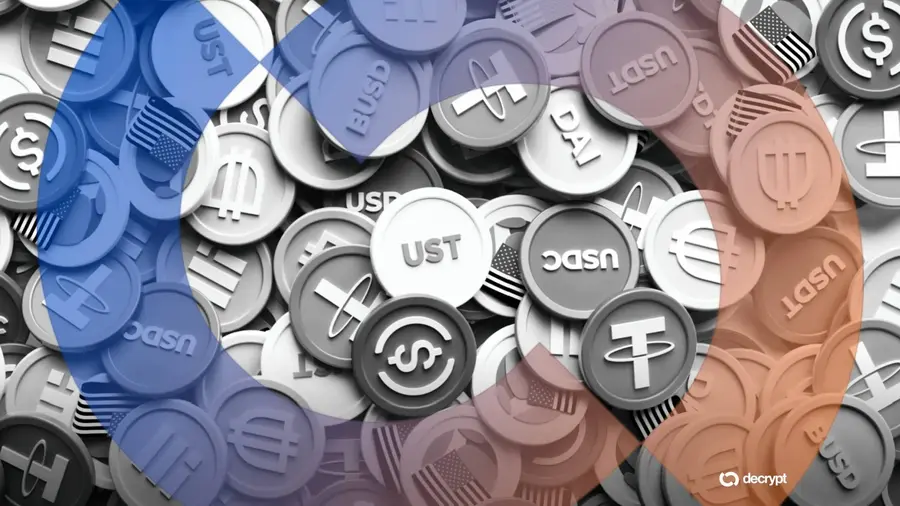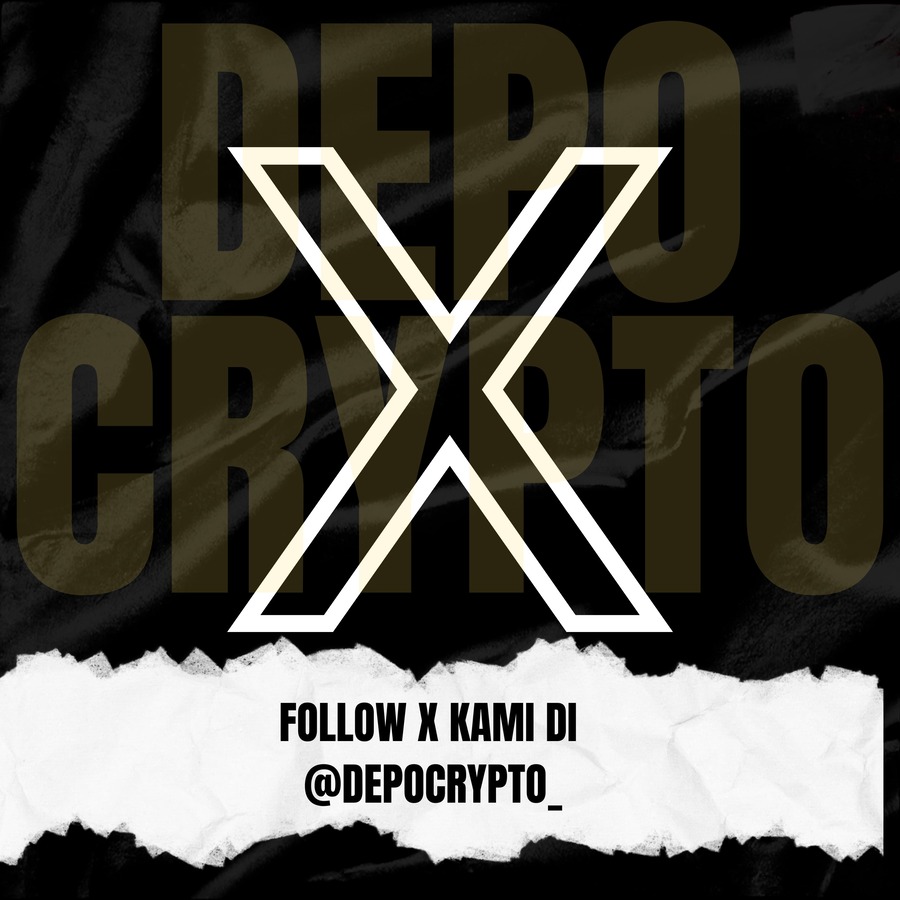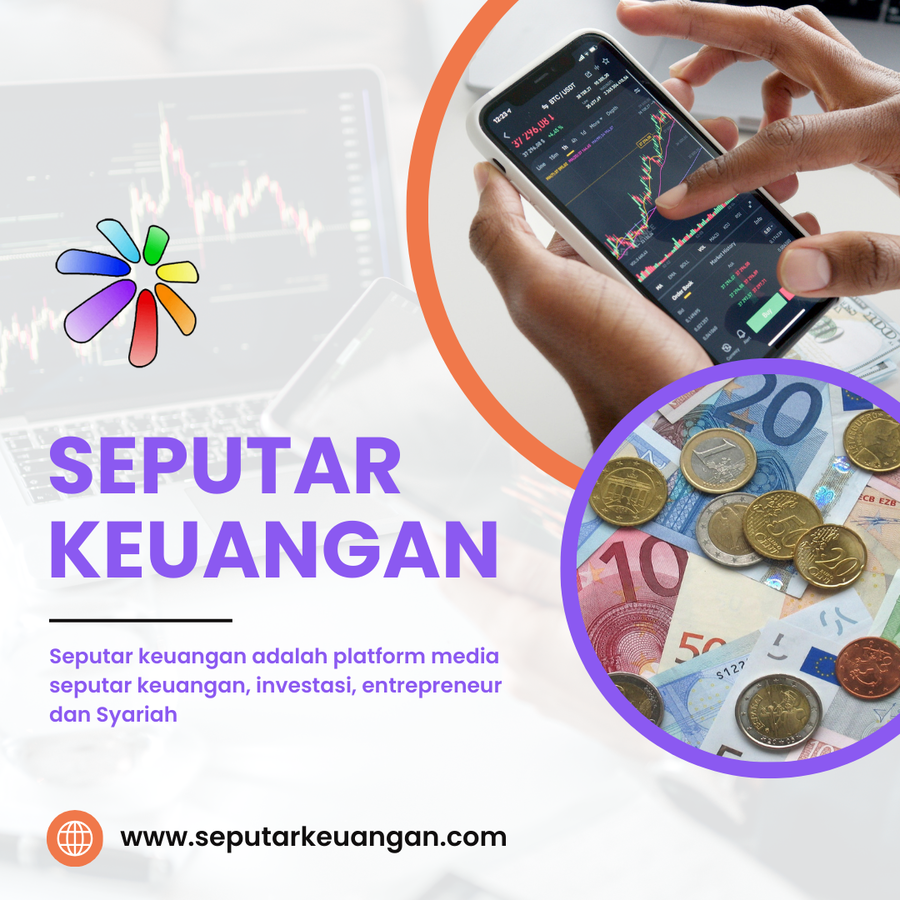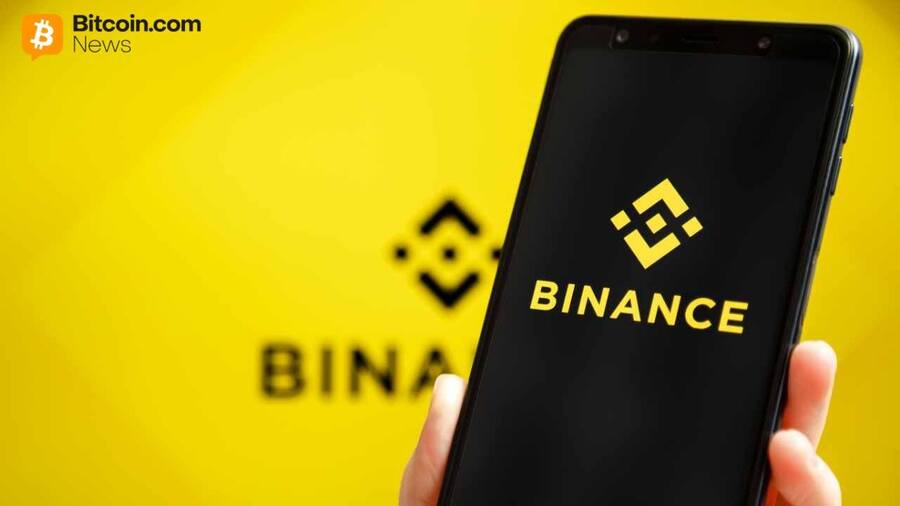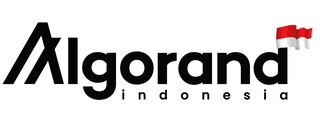Asia’s Stablecoin Race: Banks vs. Dollar Giants
Asia’s stablecoin market is splitting into two directions — local, bank-backed digital currencies and global U.S. dollar stablecoins. Countries like Japan, Singapore, and Hong Kong are now setting up new rules to define how crypto will fit into their financial systems
Growing Competition
Two big updates this week show how serious the competition is:
- Japan’s largest banks are teaming up to launch a yen-based stablecoin.
- China has reportedly told tech companies to stop their Hong Kong stablecoin projects, limiting what private companies can do.
Experts say Asia is becoming a testing ground for how much governments are willing to let private companies reshape money systems without losing control of capital flows
Divided Opinions Among Regulators
According to John Cho from the Kaia DLT Foundation, most Asian regulators are speeding up the creation of crypto and stablecoin laws. Many see real benefits in using stablecoins to modernize old financial systems.
However, there’s a divide:
- Some regulators believe only banks and traditional institutions should issue stablecoins.
- Others argue this slows innovation and adoption.
Japan Leads With Bank-Backed Stablecoin
Japan’s top banks — MUFG, SMBC, and Mizuho — plan to release a yen-pegged stablecoin by March next year using MUFG’s Progmat platform.
At the same time, Japan is updating its financial rules to include digital assets and even planning a ban on crypto insider trading.
China Blocks Hong Kong Projects
Across the border, China is taking the opposite approach. It has reportedly told major tech firms to stop stablecoin plans in Hong Kong, even though companies like Standard Chartered, Animoca Brands, and HKT Group recently formed Anchorpoint Financial to apply for a stablecoin license.
Singapore: Regulated but Open
In Singapore, the XSGD token — backed by the Singapore dollar and regulated by the Monetary Authority of Singapore (MAS) — is now listed on Coinbase.
Meanwhile, Tether (USDT) is expanding across Asia, including integration with LINE and South Korean ATMs via the Kaia blockchain.
Three Different Paths
According to experts, Asia is moving from policy design to real-world testing:
- Japan is progressing slowly but steadily.
- Hong Kong remains cautious because of Beijing’s control.
- Singapore is positioning itself as a global innovation hub.
Brian Mehler, CEO of Stable, says three models are emerging:
- Mega-bank model – like Japan’s consortium.
- Open innovation model – like Singapore’s approach.
- Conservative model – like Hong Kong’s compliance-first stance.
He adds that Japan may lead in institutional adoption, while Singapore will attract global innovators.
The Bigger Picture
According to Kevin O’Brien from Verdicti Ventures, these changes are part of a natural modernization trend driven by global financial standards like ISO 20022.
Each country will adapt differently, but most are still early in innovation compared to global stablecoins like USDT and USDC.

